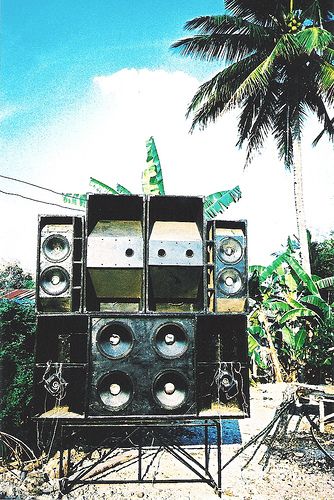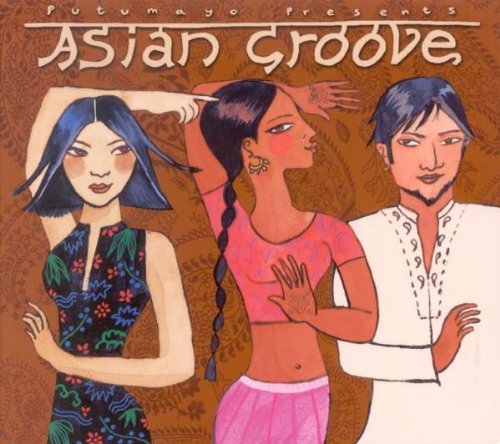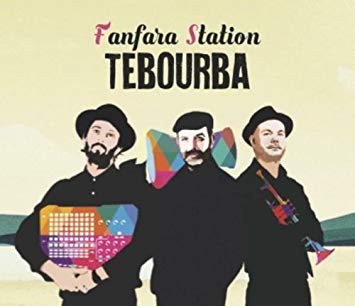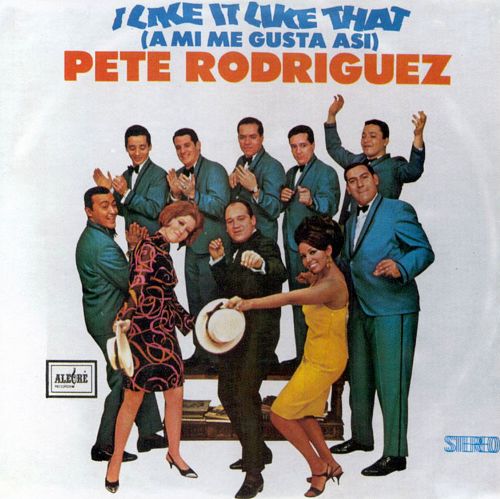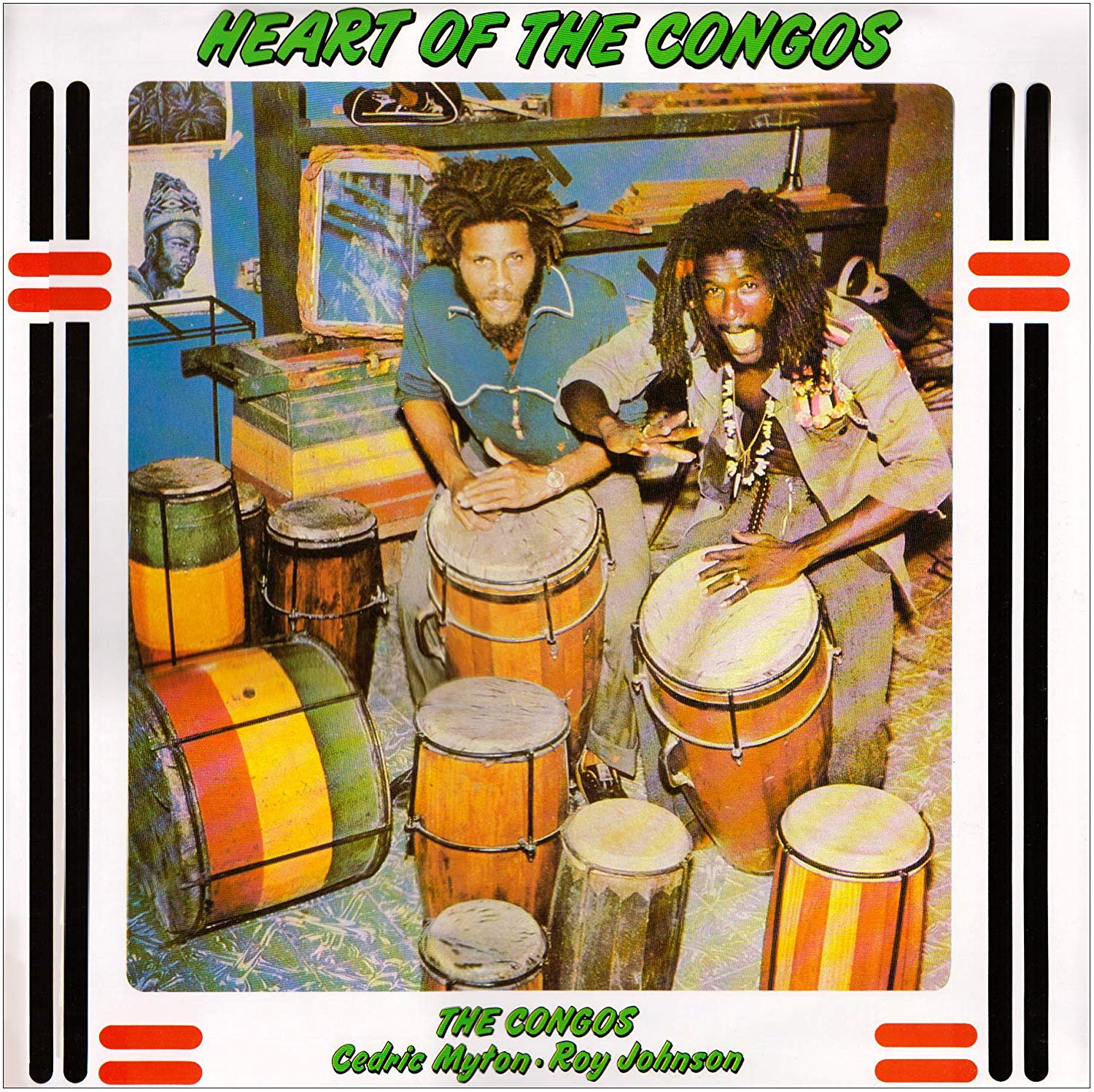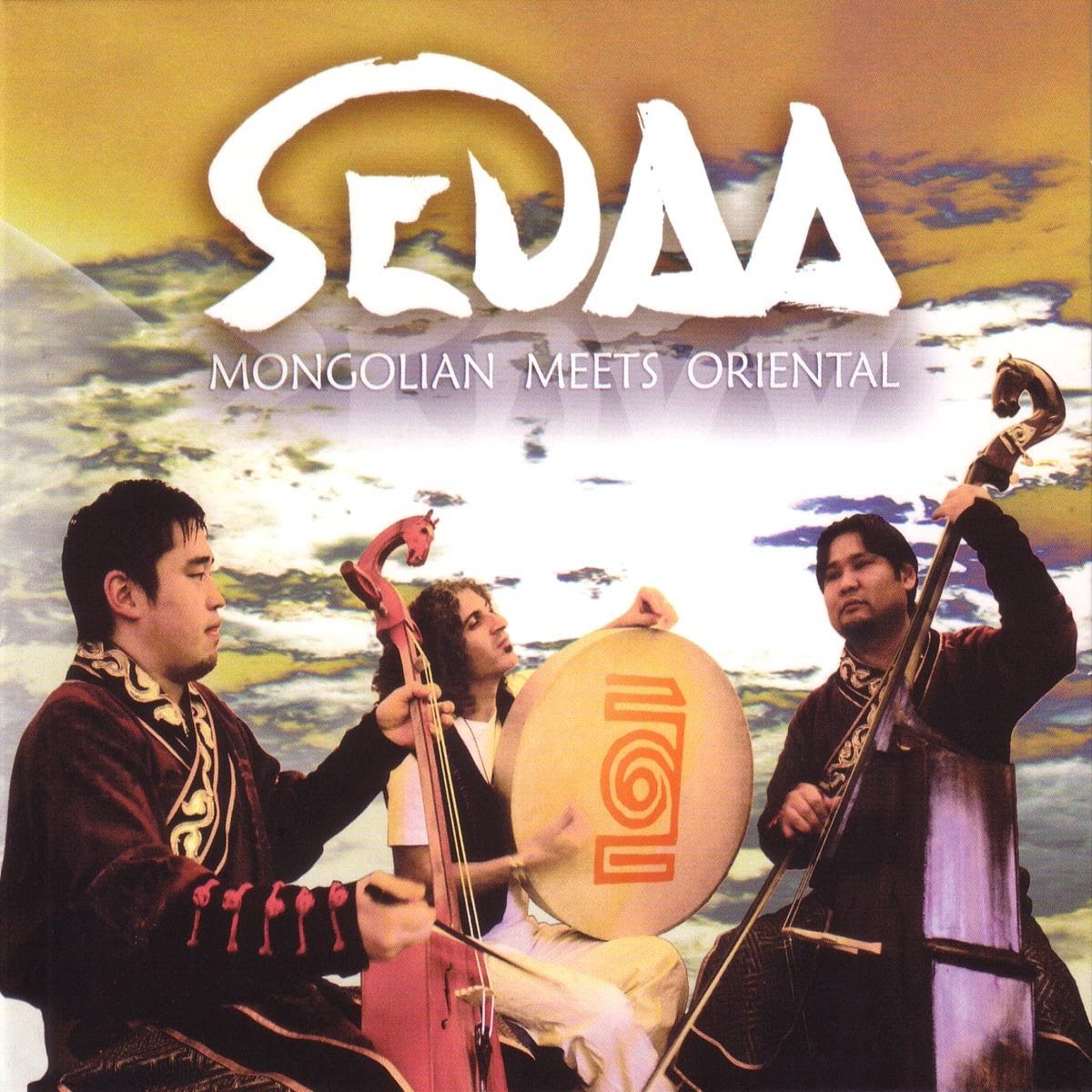Episode 19
Episode 19 first appeared on October 15, 2018.
Tracklisting:
01) “Take Saravá” by Silvia Torres.
From the 2004 compilation The Rough Guide to Brazil: Bahia.
Salvador, State of Bahia, Brazil.
As you may know from previous episodes, we here at the Global Elite Music Radio Podcast Supershow love to discover new music from all around the world. One good way to do this is to find compilations. It’s even better if you can find a series of compilations which you can trust to provide gems like this one. We have previously featured tracks featured on the Rough Guides to Australia: Aboriginal Music (Episode 04, Episode 05, China, (Episode 10 and Episode 12) and now Brazil: Bahia.
Bahia is one of the 26 states of Brazil and is located in the northeastern part of the country on the Atlantic coast. It is also a particular dialect of Brazilian music. Allmusic says:
“Given the well-known music of Rio's Carnaval and its massive samba affairs, Bahia is the next logical step for music producers to take for a compilation of Brazilian music. Bahia is widely (and rightly) regarded as a focal point for Brazilian music, spawning much of the Tropicalia movement, MPB, and the Afro-Brazilian traditions, as well as much of modern samba.”
Silvia Torres began singing around age 15 under the name Silvinha Torres and continues to sing “for the most famous bahia carnival blocks: Eva, beijo, Cameleão, Pike etc.” The track “Take Saravá” originally appeared on the 1997 album Batimacumba.
02) “Kunglim Guli” by Yulduz Usmanova.
From the 2002 compilation Putumayo Presents: Asian Groove.
Margilan, Uzbekistan.
Another great compilation series. If you’re unfamiliar with Putumayo, we highly recommend their compilations. Yulduz Usmanova is a well-known Uzbek singer and actress who was “was discovered by Gavharxonim Rahimova after singing at a Women’s Day show.”
03) “Chyraa Khoor” by Huun-Huur-Tu.
From the 2011 live broadcast: Live on WFMU's Transpacific Sound Paradise, Jan 22, 2011.
Tuvan, Russia.
This episode is full of valuable tips and resources for discovering great international music. In addition to finding compilations you trust, you’re extra lucky if you can find a radio show too. In this vein, we highly recommend WFMU's Transpacific Sound Paradise.
Huun-Huur-Tu are a music group from Tuva, a republic of Russia located right on the border of Mongolia and Russia. Huun-Huur-Tu is internationally known for their throat-singing, also known as “over-tone” singing. The singer produces “both the note (drone) and the drone's overtone(s), thus producing two or three notes simultaneously.”
Download the episode the Live Music Archive or at the Free Music Archive.
Like Huun-Huur-Tu on Facebook.
Purchase Huun-Huur-Tu’s music on Facebook.
04) “Sus / Ghiaccioli e Branzini (re-edit)” by Fanfara Station.
From the 2018 album Tebourba.
Firenze, Napoli, Metropolitan City of Naples, Italy.
Italian World Beat says: “Fanfara Station is a trio project weaving together the festive energy of a brass band– handled by the Canadian-born trumpeter Charles Ferris, the live electronics of the Italian Marco Dalmasso aka Ghiaccioli e Branzini—and the Magreb rhythms and vocal stylings commanded by the Tunisian multi-instrumentalist Marzouk Mejri.”
05) “I Like It Like That (A Mi Me Gusta Asi)” by Pete Rodriguez y su Conjunto.
From the 1967 album I Like It Like That (A Mi Me Gusta Asi).
Bronx, New York.
Pete Rodriguez is famous for popularizing Latin Boogaloo. His most famous track is the heavily sampled “I Like It Like That.”
Purchase Pete Rodriguez’ music at Amazon.
06) “La La Bam-Bam” by The Congos.
From the 1977 album Heart of The Congos.
Kingston, Jamaica.
Classic reggae group The Congos is centered around vocalists "Ashanti" Roy Johnson and Cedric Myton. Recorded at Lee "Scratch" Perry’s legendary Black Ark Studio’s Heart of the Congos is widely and rightly revered.
07) “Duulal” by Sedaa.
From the 2010 album Mongolian Meets Oriental.
Hanover, Germany.
“Sedaa means "voice" in Persian and connects traditional Mongolian music with the Orient which makes an extraordinary and fascinating sound.” The band’s Facebook page describes them as: “Archaic sounds reach the modern era.”
Browse the interactive map. To switch between episodes, use the little window/toggle thing in the upper left corner. This week’s artists are dark green map points.

